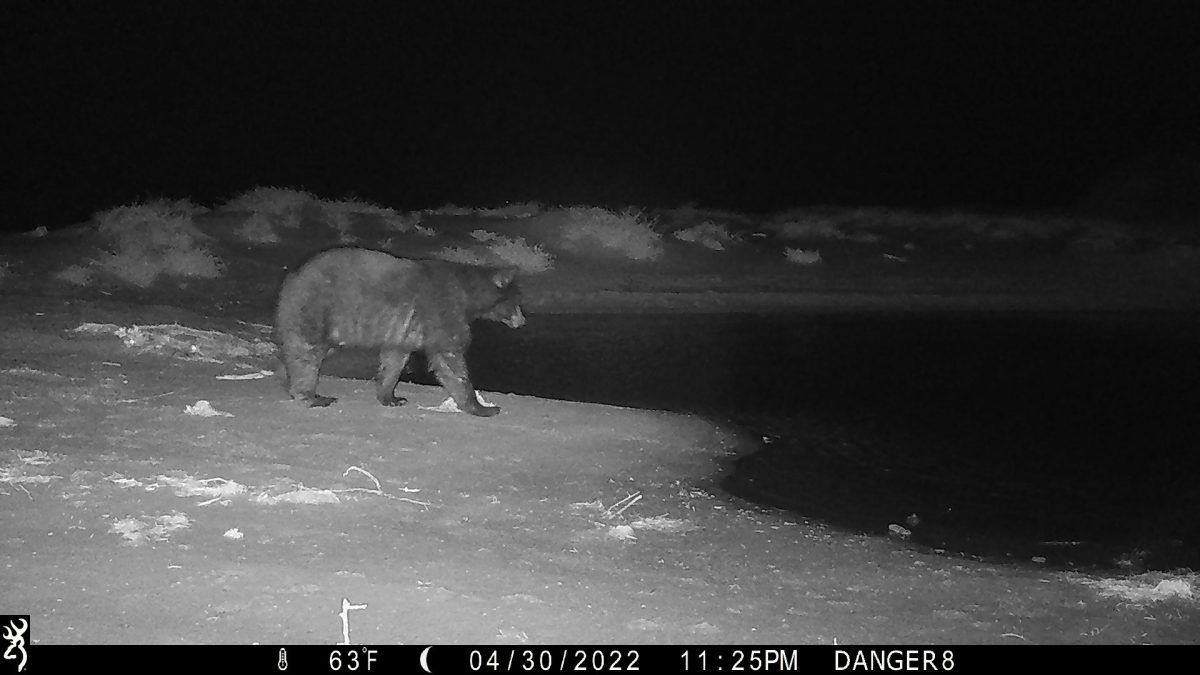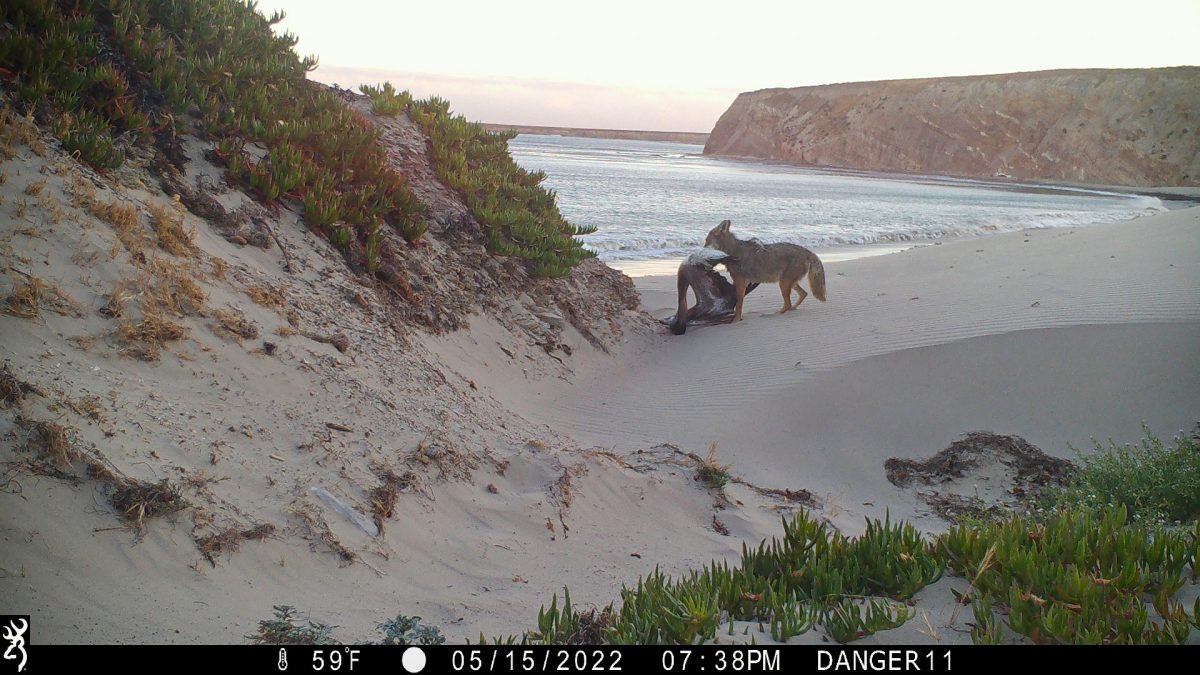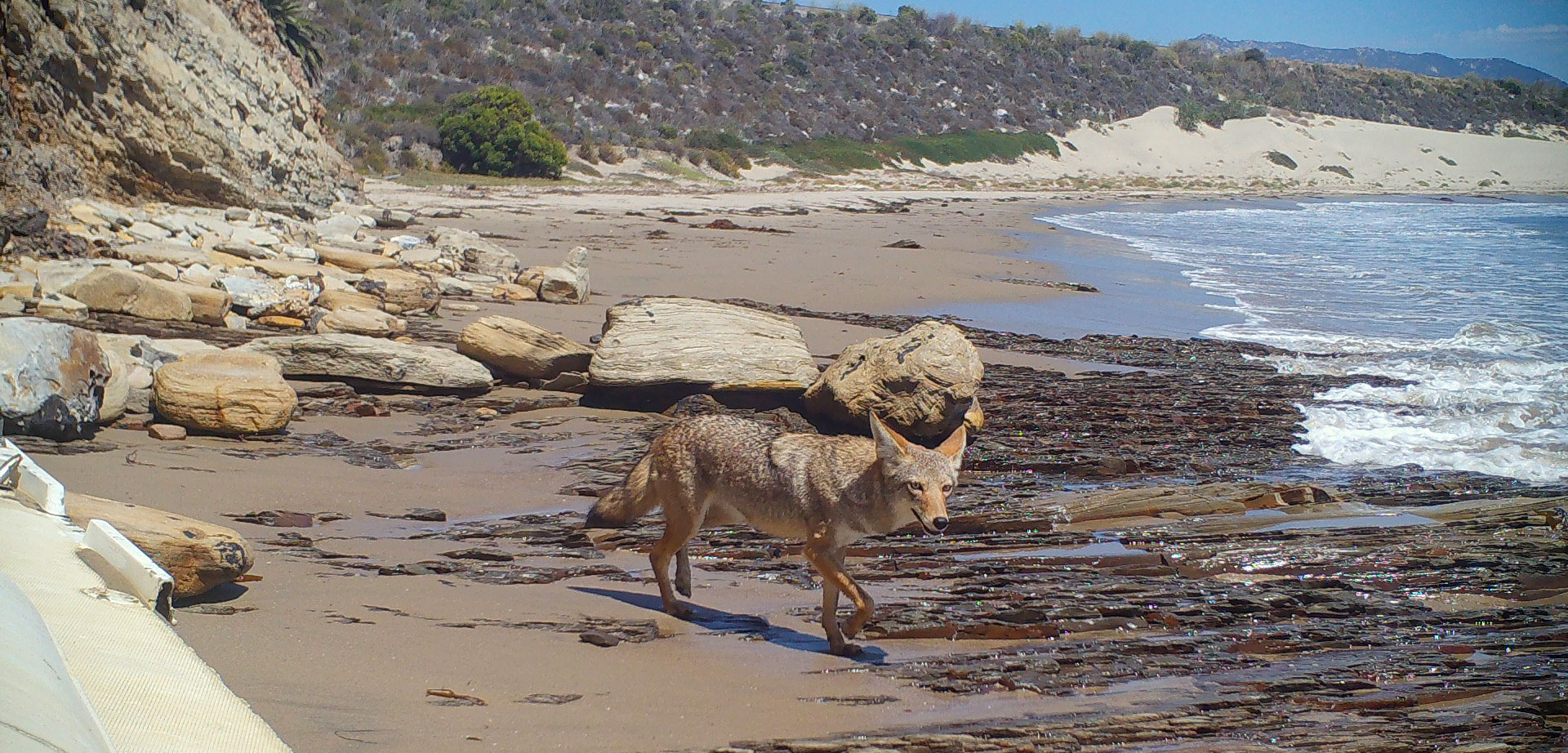California’s Undisturbed Gaviota Coast Draws a Shocking Range of Wildlife
Mountain lions and bears and pigs, oh my! Charting the unexpected denizens of California beaches.
Article body copy
California’s Gaviota Coast is a favorite seaside respite for Hollywood’s rich and famous. But the stretch just north of Santa Barbara, one of the few places along the Southern California coast free of concrete and combed beaches, also draws a dizzyingly diverse mix of wildlife—everything from birds to mountain lions to feral pigs.
“In California, we have this incredible upwelling marine system that delivers a whole bunch of nutrients to the coast,” explains Zoe Zilz, a doctoral candidate at the University of California, Santa Barbara, who studies how terrestrial and marine animals bring these nutrients inland, bolstering this relatively dry coastal scrub habitat.
Two years ago, residents from nearby Hollister Ranch, a luxury gated community with over 5,820 hectares of undeveloped coastline, approached Zilz with photos of all manner of wildlife they’d spotted on their rural properties. Wanting to get a better understanding of this diversity, Zilz set up 40 motion-sensing camera traps along the coastline, including in the Jack and Laura Dangermond Preserve and the Vandenberg Space Force Base.*
The cameras show just how busy this stretch of coast really is.

Camera traps set up on California’s Gaviota Coast captured a wide range of species: bears, coyotes, pigs, and more. Photo courtesy of Zoe Zilz
“We’ve seen pretty much all small and large carnivores and omnivores,” says Zilz. “There are coyotes every day on every site.” Other major players on the coast, Zilz says, include feral pigs and deer, but the researchers have also seen mountain lions, bobcats, and black bears, in addition to smaller mammals such as raccoons, opossums, and skunks.
“It’s been so incredibly cool to get to go out there and gather data on these animals that nobody really thinks about as being consumers on the beach and the tide pools,” she says.
But the wildlife isn’t there just to amuse Hollywood A-listers, and the camera traps offered up tons of evidence for Zilz’s main research focus: understanding how marine and coastal wildlife bring nutrients ashore. They snapped photos of coyotes eating stranded seals and sea lions, as well as large seabirds such as cormorants and pelicans. The coyotes were also seen eating fish and shellfish and, for the first time, mollusks like chitons, a flat, ovoid invertebrate with a hard shell.
Based on the sheer number of coyotes seen at each site and the big piles of bones, crustacean exoskeletons, and shells they dump on top of steep bluffs, Zilz says coyotes seem to be a big part of this surf to turf nutrient flow. Feral pigs, she says, also play an outsized ecological role. “They eat a lot, and they poop a lot. And those are all things that are important if you are a vector of nutrients,” says Zilz.

As well as documenting their presence, doctoral candidate Zoe Zilz looked at how species like coyotes contribute to the flow of nutrients from marine ecosystems to terrestrial ones. Photo courtesy of Zoe Zilz
Elizabeth Hiroyasu, a landscape ecologist at the Jack and Laura Dangermond Preserve who was not involved with the project, says that understanding how wildlife uses coastal landscapes—either to look for food or as a throughway between habitats—can be important for protecting species.
“We have anecdotal evidence that mountain lions, bears, coyotes, deer are all kind of coming down onto our beaches,” says Hiroyasu. “But we don’t necessarily have a sense of how common that is or how important that is.”
So far, Zilz’s project is still in the early stages. She’s continuing to set camera traps and analyze the images. But what Zilz really wants is to gain a clearer picture of how human development of coastal habitats could potentially disturb these vital interactions.
“I want to drive home that if we decouple those relationships—if we build or develop or otherwise disrupt those coastal habitats—then that movement of resources will be stopped, and it might have downstream effects,” she says.
*Correction: This sentence has been updated for clarity.

